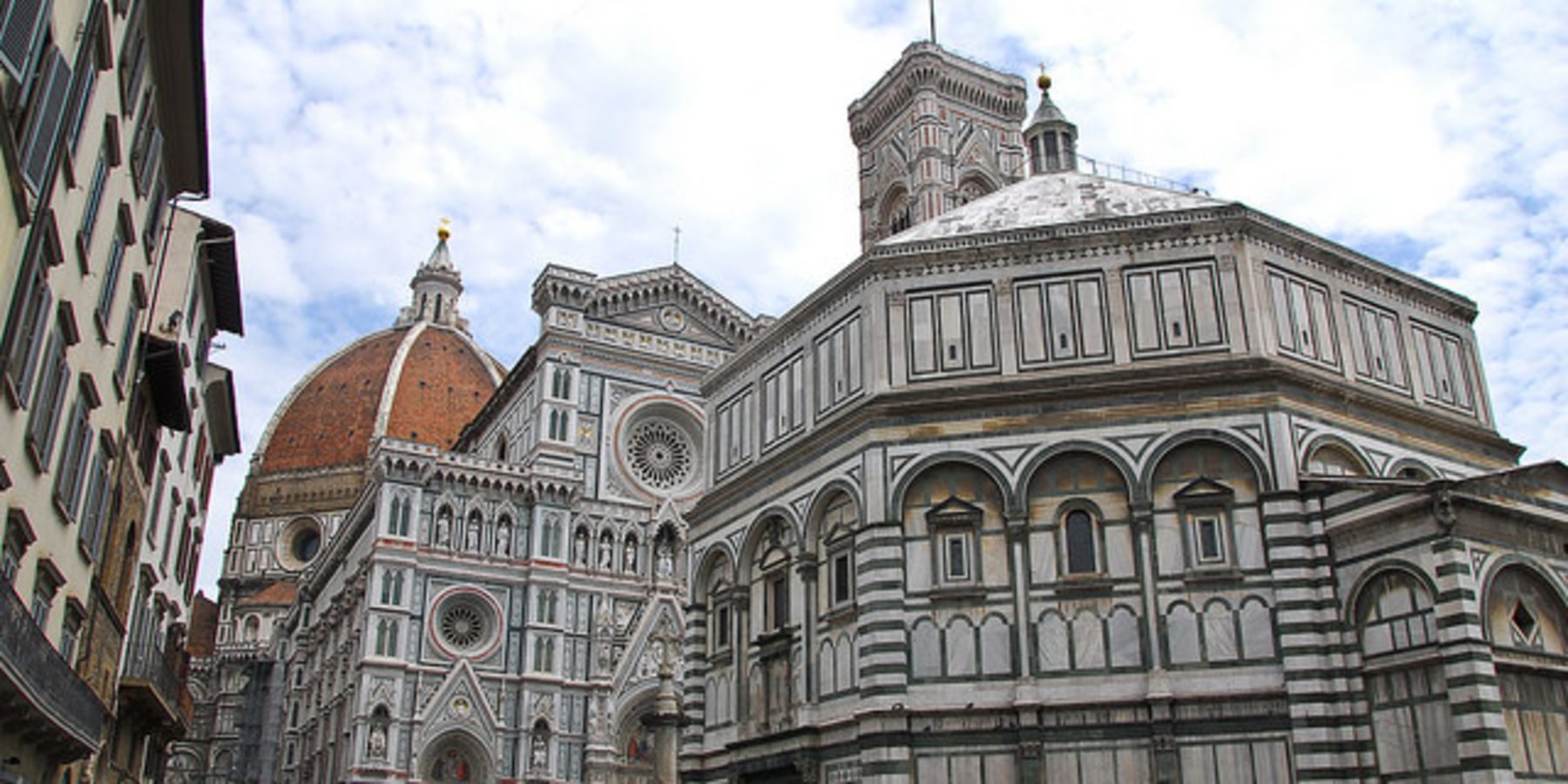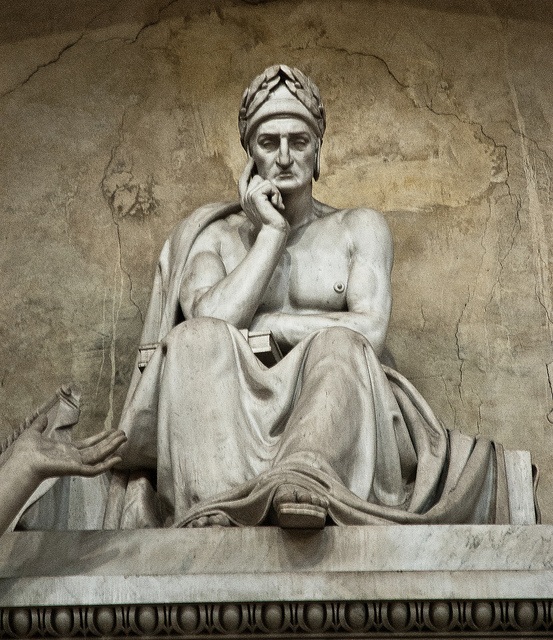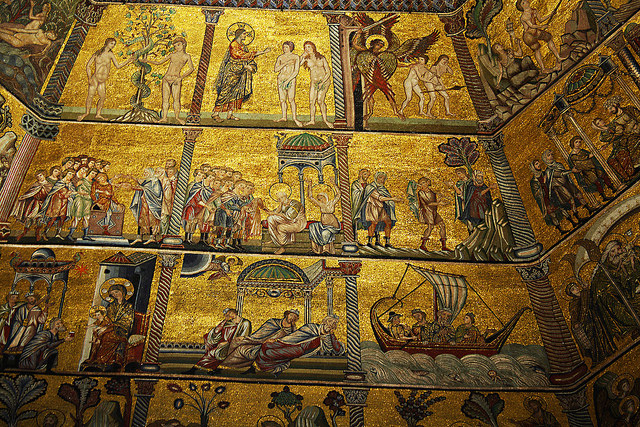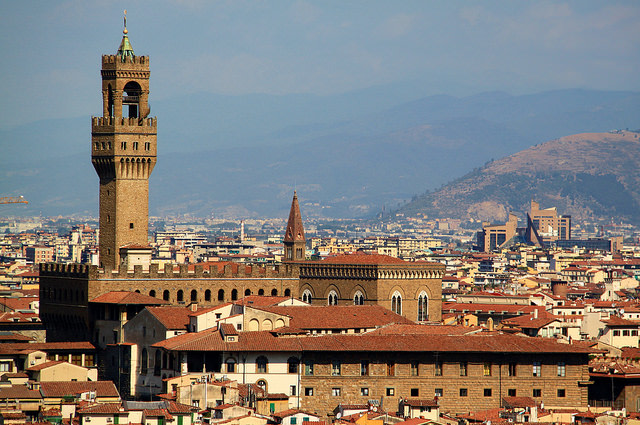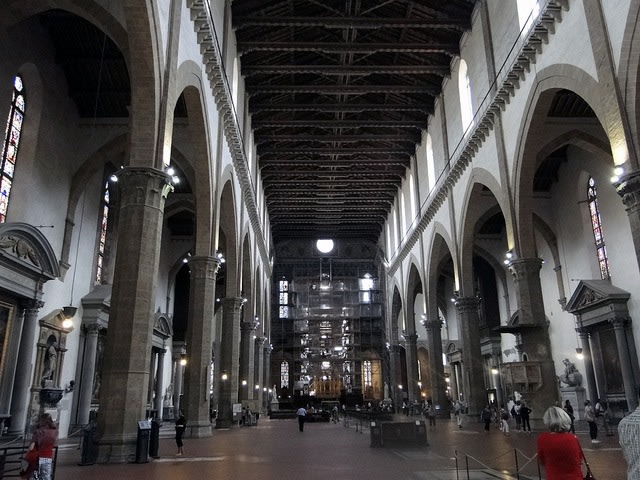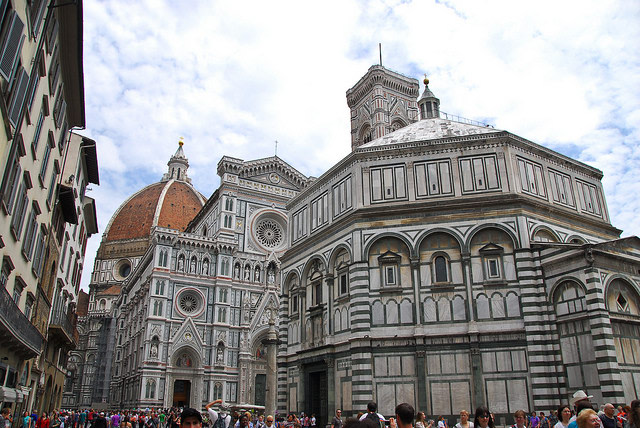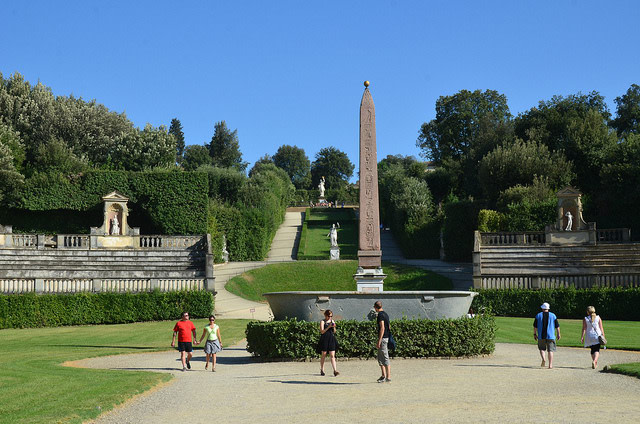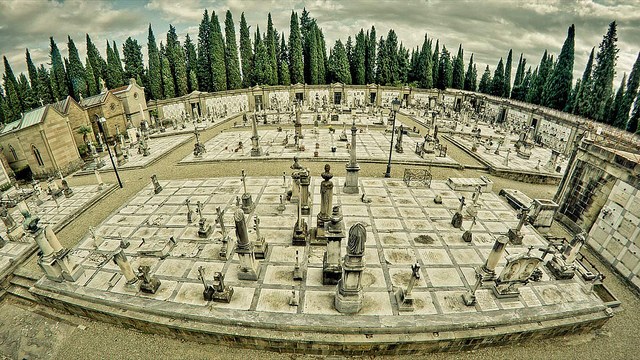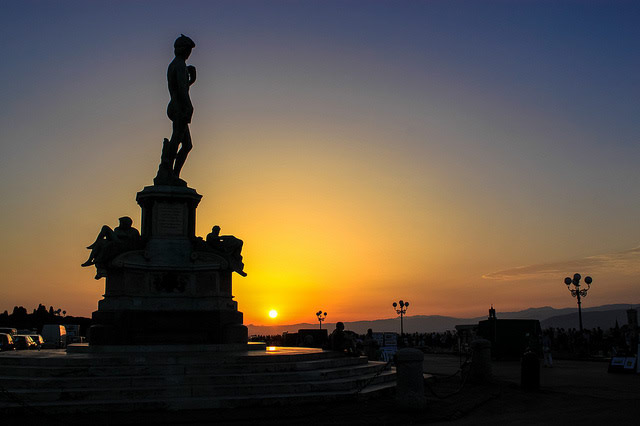| 4 mins read
The capital city of Italy’s Tuscany region, Florence is renowned as the birthplace and epicenter of the Renaissance cultural movement. Its historic center is one of the most exceptional places in the world to witness Renaissance art and architecture, home to illustrious monuments, galleries and museums galore, making it one of the country’s absolute must-visit destinations. Thanks to its tight city layout, most of the historical quarter’s biggest attractions are all within walking distance. If you’re not sure where to begin your travels through Florence, here’s our basic walking guide to the city.
Florence on Foot: North of Ponte Vecchio
Florence has some of the world’s most incredible works of art. But where there are famous artworks, there are incredibly long lines. Visitors hoping to breeze through all (or even some) the city’s most famous sites will be in for a rude awakening; queues can last as long as 5 hours! Your best bet is to map out your itineraries and book tickets well before you visit. This way you can maximize both your time and tours of this world-class destination.
The first stop on our walking tour is just one of these “book-ahead” sort of spots: The Uffizi Gallery. Located in a 16th century palace, this gallery hosts the world’s largest collection of Renaissance artworks from Raphael and Caravaggio to Michelangelo and da Vinci; an excellent first glimpse of Florence! From Uffizi, travelers can make their way north towards the Piazza della Signoria where the Loggia dei Lanzi, Neptune Fountain, Palazzo della Signoria and Palazzo Vecchio can be found. For some excellent views of the city, climb the Palazzo Vecchio Tower- the panoramic shots are arguably just as good as the Duomo’s… without the lines!
Tours from the Palazzo Vecchio can either go east (along Borgo dei Greci) to the Piazza Santa Croce and the Basilica of Santa Croce (the burial site of Michelangelo, Galileo and Rossini), northeast towards the Bargello National Museum (home to sculptures by both Michelangelo and Donatello) or northwest to Orsanmichele.
From either of these destinations, the next stop should absolutely be north to the Duomo di Firenze (Florence Cathedral). One of the most popular attractions in Florence, this cathedral boasts a stunning façade, elaborate ceiling frescoes, the Campanile (bell tower) and Baptistery. While you may have to wait in quite a long line, a climb to the top of the Duomo is simply a must-do. A final stop just north of the Duomo is the Galleria dell'Accademia, where Michelangelo’s David Statue can be seen (among many other Renaissance works).
South of the Ponte Vecchio
Crossing over the historic & bustling Ponte Vecchio, visitors can make their way south to the Piazza dei Pitti and the beautiful 15th century Pitti Palace, home to the largest museum & gallery complex in Florence, and an absolute must see. Just south of the palace are the 16th century Boboli Gardens, abounding with famous fountains, grottoes, an amphitheatre and, of course, stunning greenery.
Walking east of Boboli (around the Belvedere Fortress) is another set of gardens worth visiting, the Bardini Gardens (usually much less crowded than Boboli and boasting some excellent views of the city). Southeast from Bardini is San Miniato al Monte, one of the city’s most popular medieval churches; its 19th century Cimitero delle Porte Sante also makes for an interesting historical attraction.
From San Miniato al Monte, visitors can walk north along Viale Galileo towards the final southern city destination: the famous Piazzale Michelangelo. A large square dedicated to Michelangelo, this spot may be filled with tourists, but it boasts some great views looking out over Florence and is an excellent place to watch the sun set.
Walking tours can be quite a pleasurable way of exploring a city at one’s own pace and convenience. However, with so many world-famous sites, galleries, monuments and museums, exploring Florence can be an overwhelming experience. The best bet would be to plan a walking tour with a local Florence tour guide, to help you navigate the sites and streets of this timeless Italian city!
Image Details and Licenses:https://flic.kr/p/bWWzBf(cloud2013,CC BY 2.0),https://flic.kr/p/fy6TD4(Matt,CC BY-NC-SA 2.0),https://flic.kr/p/pVSXjq(C.,CC BY-NC-ND 2.0),https://flic.kr/p/9dC8UH(Rodrigo Soldon,CC BY-ND 2.0),https://flic.kr/p/a3qyCF(paul_elliott_photo,CC BY-NC-ND 2.0),https://flic.kr/p/ddi6Z1(Richard Mortel,CC BY-NC-SA 2.0),https://flic.kr/p/bydTu8(Jonas Ginter,CC BY-NC-SA 2.0),https://flic.kr/p/fUzcds(Andy Hay,CC BY 2.0),https://flic.kr/p/4MKNM(Chris Yunker,CC BY-SA 2.0)

